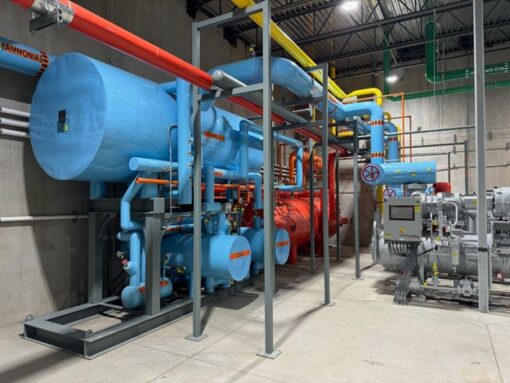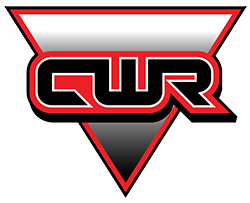Design Considerations for Building a Cold Storage Facility

Building a large-scale cold storage facility involves much more than simply setting up a large refrigerator. It requires meticulous planning and understanding of various design elements that ensure efficiency, sustainability and safety. Let’s delve into the key design considerations that are essential for constructing a robust and effective cold storage facility.
Optimal Layout Design
Efficiency in a cold storage facility starts with an optimal layout. The design should facilitate smooth flow of goods in and out of the facility, minimizing cross-contamination risks and delays. There are several key areas you’ll want to focus on. First, make sure that receiving and shipping areas are well-dimensioned and logically placed to prevent bottlenecks.
Second, storage areas should be designed for easy access and movement, with consideration given to the type of racking systems used and the accessibility of products. Finally, workflow zones should be clearly defined to ensure operational efficiency and safety for the staff.
Insulation and Building Materials
Proper insulation is paramount in a cold storage facility to maintain required temperatures and reduce energy consumption. The choice of insulation materials and their installation need to be carefully considered to prevent thermal bridging and condensation issues. Additionally, the building materials should be capable of withstanding low temperatures without deteriorating.
Refrigeration Systems
The heart of a cold storage facility is its refrigeration system, which must be reliable and capable of maintaining consistent temperatures. Key considerations include:
- Type of refrigerant used, which affects both the environment and the efficiency of the system. The best option is ammonia as it is safe for the environment, highly efficient and cost-effective.
- Redundancy and reliability of systems to ensure there is no breakdown in cooling, which can be disastrous for stored goods.
Energy Efficiency
Energy consumption is a significant operating cost in cold storage facilities. Designing for energy efficiency not only reduces costs but also minimizes the environmental footprint. Strategies include high-efficiency refrigeration equipment and LED lighting, smart systems that use sensors and IoT technology to optimize energy use and solar panels to offset energy usage.
Safety and Compliance
Cold storage facilities must adhere to a range of safety and regulatory standards, some of which you are probably already aware of:
- Fire safety is crucial, particularly because insulation materials can be flammable. Ensuring proper egress paths and protocols are vital.
- Health and safety standards to protect workers from hypothermia, slips and other occupational hazards in cold environments.
Future Scalability
Designing with future expansion in mind can save significant time and money. This involves planning for additional storage capacity, considering potential technological advancements and including modular elements that can be easily expanded or reconfigured as needs evolve.
Your Partner in Large-Scale Custom Refrigeration Systems
The design and construction of a cold storage facility are complex but critical tasks that require careful consideration of various factors. By addressing these key design elements, you can ensure your facility operates efficiently, safely and sustainably. Central Washington Refrigeration specializes in large-scale, cold storage systems for food providers and beyond. To learn more about having a system designed specifically for your Washington business, contact our team today.
